NY City Ballet’s ‘Rogue Ballerina’ challenges stereotypes
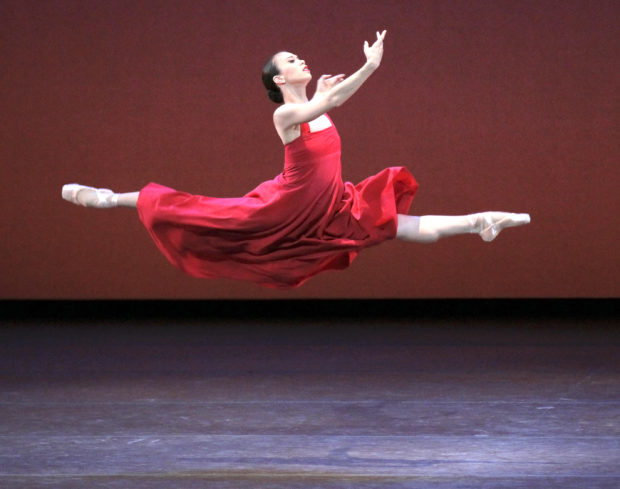
Georgina Pazcoguin in Alexei Ratmansky’s Russian Seasons. PAUL KOLNIK
NEW YORK CITY—“Rogue” can mean different things to many people, but to Georgina Pazcoguin, it is a persona she is taking on as an artist navigating the changing world of ballet.
A soloist at the New York City Ballet (NYCB) since February 2013, Pazcoguin identifies with the moniker “Rogue Ballerina.” It reflects her newfound role as an advocate of cultural diversity and inclusiveness in the ballet community, which is only now coming to terms with Asian stereotypes, particularly caricatures of the Chinese in “The Nutcracker”.
“It’s a discussion that has been kind of percolating and Phil [Chan] and I found an opportunity to come in and make a real difference in the New York City Ballet,” Pazcoguin told INQUIRER.net, referring to the successful effort to modernize the look and feel of NYCB’s Chinese tea dance in “The Nutcracker” starting last year.
“We got teary-eyed the first time we saw the dancers’ new routine, their makeup and costumes. I mean it was incredible. If Peter Martins of New York City Ballet can consider changing and making Nutcracker—a holiday tradition—more inclusive, why not every single production?”
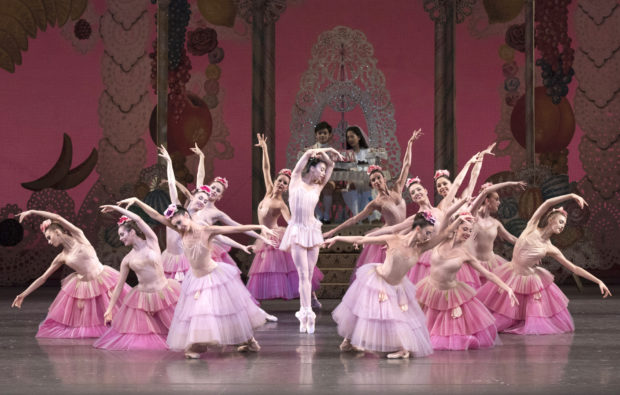
Georgina Pazcoguin in George Balanchine’s The Nutcracker. PAUL KOLNIK
Thus, was born “Final Bow for Yellowface,” a movement led by Pazcoguin and Chan, a former dancer, calling on everyone in the ballet community to speak up against outdated depictions of Asians in “The Nutcracker” and other productions.
“Society has changed, and Phil and I both agreed that if our beloved art form of ballet is to survive, it has to continue to adapt and evolve with society’s ever-evolving view. I mean we are evolving constantly as humans,” Pazcoguin says.
“My dream is to have people not only be sensitive towards Asian cultures but all cultures represented in Nutcracker. And every single artistic decision be made, steeped in the knowledge of and respect for culture, knowing that this is a holiday tradition that we bring our children to. Our children are learning about other cultures through this ballet, wouldn’t it be nice to show them the cultures through a global citizens’ lens?”
Roots
Demolishing stereotypes is something that comes naturally to the “Rogue Ballerina.”
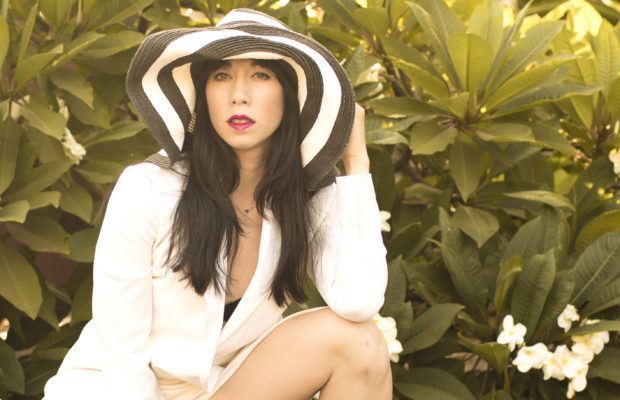
New York City Ballet soloist Georgina Pazcoguin’s father is Filipino and her mother is Italian. NICK NAKAHARA
Born and raised in Altoona, Pennsylvania in a biracial family, Pazcoguin recalls a wonderful childhood as the middle child in a brood of six. Her father is a Filipino who immigrated to the United States after attending medical school, while her mother is Italian. She describes her roots as a “very, very big Catholic Filipino family” with grand reunions every two or three years where she would get little tidbits about the family history from cousins. She also has fond memories of letters sent by her grandmother in the Philippines, who lived to be 103 years old.
“I knew all the Filipino candies, I knew the traditions, the tinikling,” she says, but the Filipino culture wasn’t imposed on her.
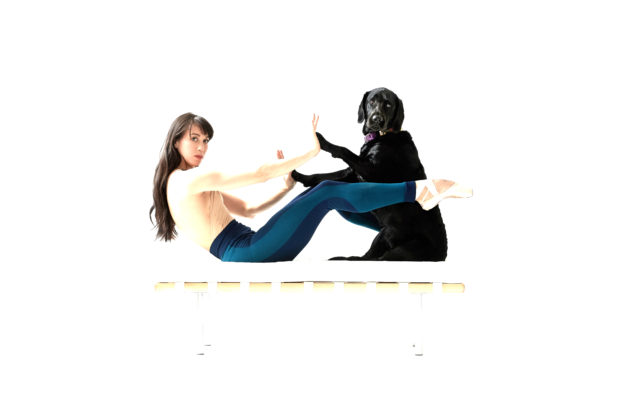
Georgina at play with her dog. RACHEL NEVILLE.
“I grew up in a town where I didn’t even realize I was an ethnicity. I didn’t even know. And it was only when I came here to this institution [NYCB]—actually not even in the School of American Ballet that it was based on my face being like, oh, you’re different. And it was like wow, I didn’t see–I didn’t grow up seeing colors, seeing anything. I had a wonderful diverse upbringing which I think is a result of the biracial family.”
Hybrid career
A ballerina for 18 years now, Pazcoguin considers her career as a sort of hybrid in view of recent outings on Broadway and, in 2010, in the film “NY Export: Opus Jazz.” She found it “a life-changing experience” to perform as Victoria in the 2016 Broadway revival of “Cats,” considering “the courage to step away because I needed more artistic food.” Her promotion in 2013 to soloist at NYCB defied the odds.
“It was a huge accomplishment in my career just because if you look at the upper tiers of New York City Ballet, there have always been biracial and ethnic men that have broken through but never necessarily an Asian woman. There have been other ethnic women, but there has never been an Asian American woman that has been a soloist at City Ballet,” Pazcoguin says.
“It kind of propelled me forth into this ‘Oh, now I really am a role model for everyone that looks like me or doesn’t match the blonde hair, blue-eyed all-American look that has been put on stage here at New York City Ballet for the past 70 years,” she adds.
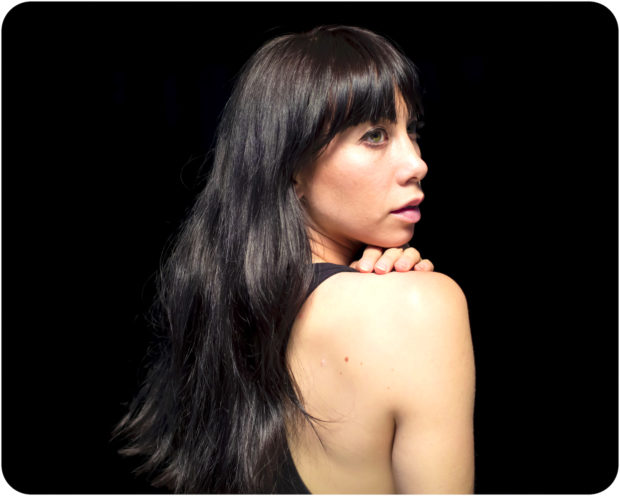
An injury kicked Georgina’s activism into high gear. NICK NAKAHARA
Pazcoquin hit a low point when she suffered a torn ligament that required surgery and faced the very real possibility of not being able to dance again. But mishap kicked her rogue ballerina persona into high gear.
“My injury forced me to take a step back and be like, if fate decides that I can no longer dance, what do I stand for as a person? What gets me up in the morning now is this new confidence in who I am, not only as an artist but as a person. I love being onstage, but that’s only a minor facet of who I am,” Pazcoguin says.
She still sees herself dancing five to 10 years from now, perhaps as a principal dancer at the NYCB or in Broadway, TV and film.
“I’d love to be an ambassador of my heritage. I want to leave a legacy.”

